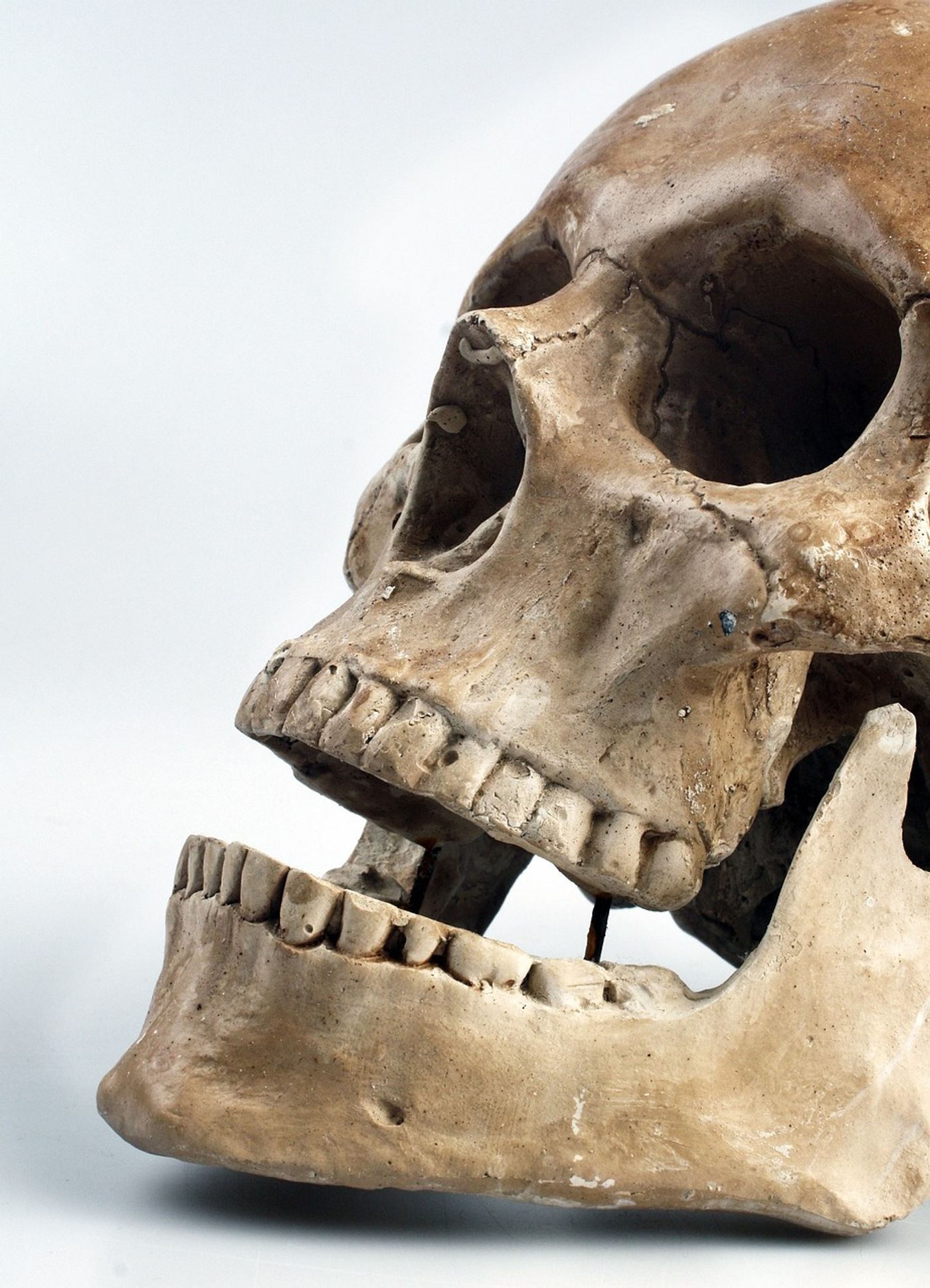Evidence of Surgical Attempts to Treat Cancer in Ancient Egypt
Cancer existed long before humans, with paleontological evidence documenting tumors in prehistoric animals. The first written description of cancer dates to around 3000 BC. Documented in the Edwin Smith Papyrus, a medical treatise from the seventeenth century BC, a writer described a breast tumor as a grave disease without treatment options. The Ebers Papyrus, written around 1500 BC, described soft-tissue and fatty tumors, possibly pointing to lesions in the skin, uterus, stomach, and rectum. Ancient Greeks believed cancer was an incurable “curse from the gods.”
Hippocrates, who lived between 460 and 375 BC, used the word “carcinoma” because they looked like a moving crab. Eventually, Celsus, a second-century physician, translated this to the Latin word for crab, “cancer.” The term we use today to describe the branch of medicine specializing in cancer treatment, “oncology,” also comes from the Roman physician Galen’s use of the Greek word for swelling, “onocs,” when describing tumors.
The history of cancer presents a significant opportunity to inform current cancer research and care. This might seem like a foreign concept, but this is the vision of the fields of paleopathology and paleo-oncology which aim to study disease through time geography. I imagine some readers currently asking, “how does knowing that people got cancer 4,000 years ago help us find a cure?” While many benefits emerge from our understanding of historic disease pathologies and treatment methods, one crucial factor gained from this knowledge centers around how cancer develops. This knowledge can help decipher the contribution of modern carcinogens and environmental factors (particularly those that didn’t exist throughout all of history) from that of natural and genetic factors.
Recently reported case studies published in Frontiers in Medicine show evidence that attempts at surgery for cancer may have occurred as early as 2,687 BC. The researchers examined two ancient Egyptian skulls in the Duckworth Laboratory at Cambridge University. The first skull came from a male (between 30 and 35 years old) living circa 2,500 BC (2,687 to 2,345 BC), and the second skull belonged to a female (over age 50) from approximately 500 BC (663 to 343 BC). Both skulls had signs of malignant neoplastic lesions as well as reported trauma.
The researchers examined the skulls using a technique called x-ray micro-computed tomography (micro-CT), which allows imaging of structural features of bone without damaging the specimen. In addition, microscopic examination of the surface of the skills helped evaluate and measure the lesions. Importantly, this analysis allowed the researchers to differentiate between pathological damage and damage due to natural decomposition or other changes induced after death (known as taphonomy). The researchers identified a diagnosis for each case using these in-depth analyses of the neoplastic and traumatic lesions.
Analysis of the male skull provided evidence of both primary and secondary neoplasms. The researchers determined the primary cancer to be a nasopharyngeal carcinoma occurring in the palate. In addition, the analysis revealed about 35 additional small lesions throughout the skull and mandible as malignant cancer. This skull also displayed potential signs of surgical attempts to treat the tumor lesions. The microscopic examination revealed small cutmarks around the lesions, and the lack of healing suggested these occurred close to the time of death.
The female skull showed signs of a metastatic neoplastic lesion involving bone marrow. While the examination could not definitively determine the exact type of cancer that inflicted this woman, possibilities include osteosarcoma, meningioma, or even multiple myeloma. This skull also displayed evidence of possible surgical interventions.
These evaluations can provide information on the origin of disease pathologies and an understanding of ancient therapeutic interventions. In addition to adding to our understanding of the historical context of cancer, this study teaches us that re-analysis of ancient remains using new technologies, such as micro-CT, could provide new information. Similarly, another recent study used another modern technology, scanning electron microscopic (SEM) imaging, to identify a metastatic disease in the remains of a male living around 1200 BC.
Sources: J Cancer, Edwin Smith Surgical Papyrus, Cancer, Ebers Papyrus, Nat Revs Cancer, Presp Biol Med, Front Med, Gigascience, J Laryngol Otology, PLOS One









